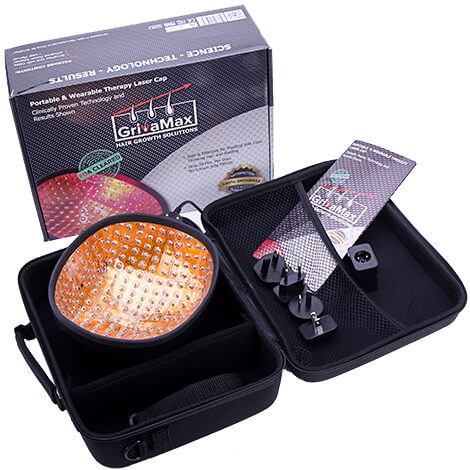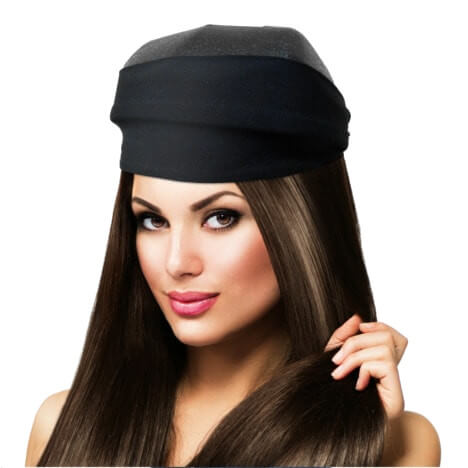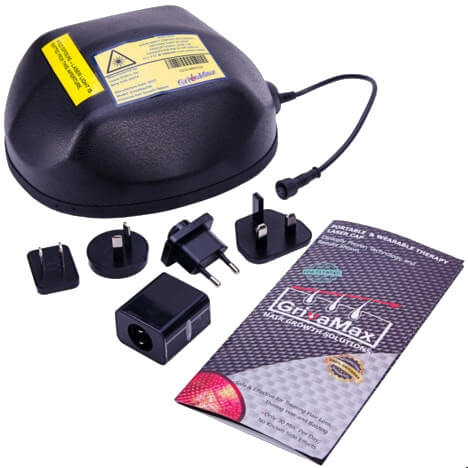Science doesn’t provide answers for everything in the world, but it explains a lot, including hair. We have written several articles about hair structure and hair life cycles, origin, and types of alopecia, methods of treatment, etc. All our articles correspond with the modern level of scientific knowledge. This article is a brief summary of the most important information.
Did you know that…
Let’s start with the most curious and amazing scientific facts about hair. For example:
- how much hair is on your head;
- how much hair do we normally lose per day (yes, a certain number is considered normal);
- why does hair curl;
- what medicines can cause baldness.
Are you willing to spend a couple of minutes to learn basic information about hair and hair loss to surprise others with your knowledge? Welcome to our digest: 20 facts about hair.
How long does hair live?
Each hair on the head consists of several layers, each of which has its own function. The hair bulb, or root, also has a complex structure. Hair is attached inside the skin to a special dermal papilla, which supplies the hair with oxygen and nutrients. Sebaceous and sweat glands come out to the outfall of the follicle. Each hair has a special muscle-lifter, the one that is responsible for stirring the hair on the head and body from fear or cold.
Hair lives for a long time. Hair on the head lives up to five years, and body hair grows all life long. Moreover, even dead hair does not leave the head for several months and stays in the telogen phase. During its entire life, the structure of the hair changes with the transition from the anagen phase (growth) followed by catagen to the telogen rest phase. Find out more about hair structure hair life cycles here.
What can hair tell us about?
This ability helps physicians during arsenic poisoning tests with agriculture workers. Law enforcement officers use hair samples to prove the use of prohibited substances.

Of course, hair can be analyzed to make a trichogram (read more about hair analyzes).
The most important indicator that a trichologist or dermatologist will evaluate in diagnosing baldness is the hair mass index. This is the amount and thickness of hair on the scalp on a certain area. HMI allows the detection of alopecia even when it is still not visible (more about HMI).
Mane shades of alopecia
Only a doctor can determine the exact type of alopecia, but you can identify its main forms.
Androgenetic alopecia (male pattern baldness) is the most common type. It can also occur in women. Typical signs are hair thinning, hair loss, and baldness in the upper part of the head, which gradually spreads.
With the diffuse type of alopecia, hair thins evenly over the entire surface of the head. Focal alopecia (Alopecia Areata) is characterized by the development of rounded bald spots that gradually grow. Scarring and traumatic alopecia is the result of injuries or infections of the scalp. Read more about these types, including Alopecia Universalis here.
The power of the genes
Androgenetic alopecia is the absolute leader among men. This is 95% of all cases of male pattern baldness. As you probably already know, this type of baldness is inherited, from any side of the family, although the presence of bald spots on your grandfather or dad isn’t necessarily a threat to your hair. Our genes are also responsible for other types of alopecia (more about genetics and hair loss). The main thing is to determine the cause of baldness – whether it is genetic, caused by a disease, or an infection.
An important tool in the fight against AGA is DGT-blockers. They block the damaging effect of dihydrotestosterone, the active form of the male hormone testosterone. This group includes a number of medicines and herbal remedies. Since this method of treatment affects the hormonal system, and some drugs can be taken only by men, DGT-blockers can only be prescribed by a doctor.
Our blog is constantly updated, so stay with us and use the most up-to-date and important information about hair health!
 482
482















My hairdresser advised me to use the shampoo and mask with DHT-blockers. I can recommend these products. My hair actually began to fall out less and a little fluffy hair appeared there!!!!
Nothing actually helps me! I don’t want to go bald, because I’m only 30 years old! Oh, I would like to revive my hair and even not think about it …